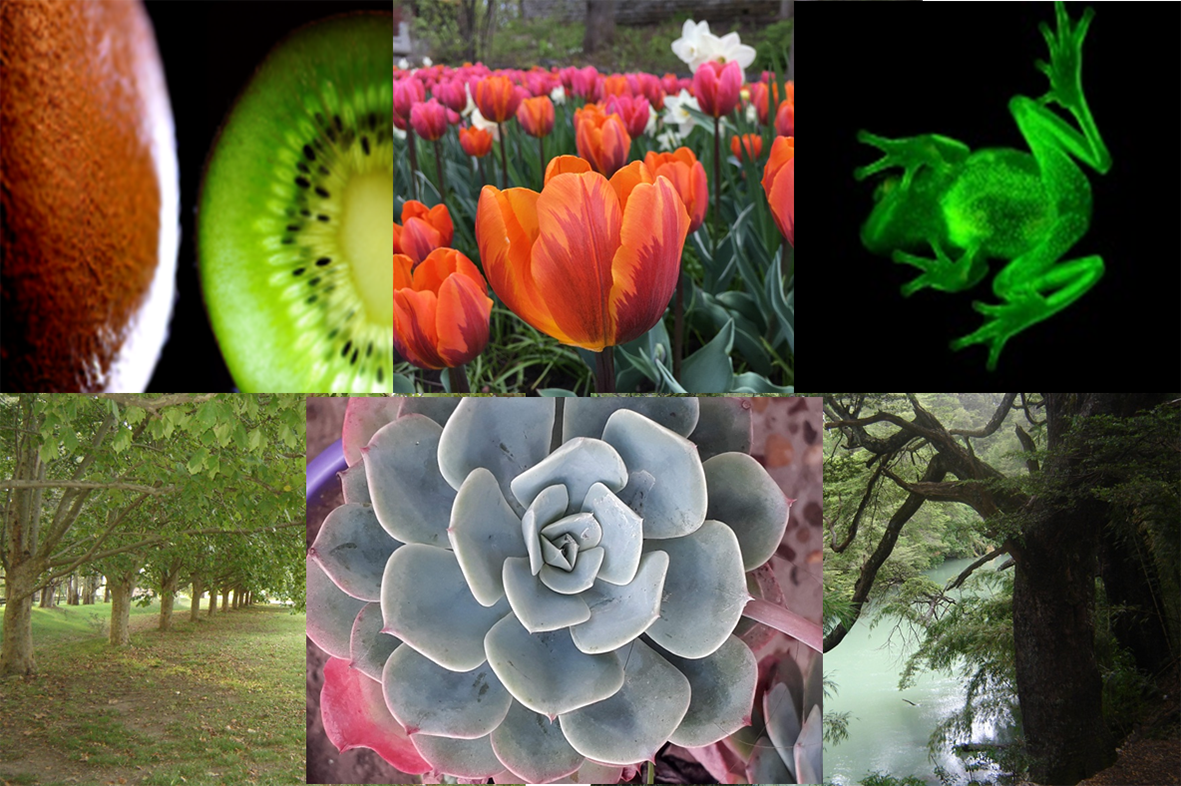Biophotonics. Fluorescence and Reflectance in Living Organisms
REVIEW
Abstract
The light that emerges from a biological entity is relevant from many aspects. In the first place, it allows the construction of the organism’s image and consequently it is responsible for visual perception and communication. Secondly, it can become an important tool in obtaining both physiological and chemical information from the observed entity, in a non-destructive way. When an organism is illuminated, the non-absorbed energy emerges as transmitted or reflected light. Additionally, fluorescence, phosphorescence or bioluminescence may be emitted. In our research group, we have studied and modelled the light released as reflectance and fluorescence for different biological systems like flowers, fruits, plant leaves, canopies, bird’s plumage and amphibians. In this review, we present the advances we have made in this area. They range from the development of theoretical approaches to the implementation of optical methodologies for practical applications. The analysis of light interaction with biological material, which is the domain of biophotonics, has recently acquired great importance in view of the increasing use of optical techniques to the study of living tissues. However, the interpretation of the photophysical and spectroscopic properties of these systems is usually complicated by several factors: elevated chromophore’s concentration, optical inhomogeneity, multi-scattering of photons and presence of multi-layered structures in most cases. Because of these, the accurate modelling of the interaction with light helps to avoid artifacts and to better interpret the processes that take place. Physical models used in the analysis of chlorophyll fluorescence in leaves and canopies with application in remote sensing, optical methodologies for food control and quantification of fluorescence in vivo for evaluation of its biological relevance are examples of the use of the emission of light and will be presented in this review.


